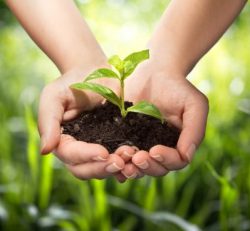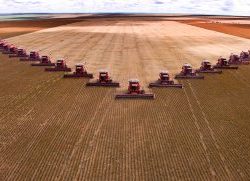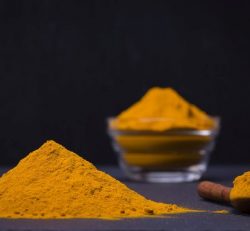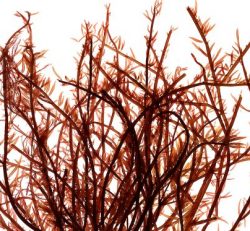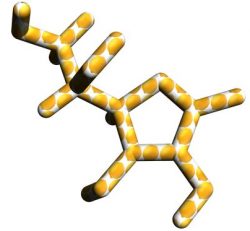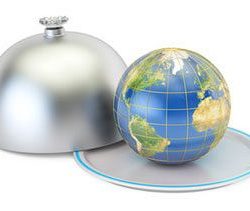3 UNDERUTILISED FEED INGREDIENTS FOR RUMINANTS
In developing countries, animal feed ingredients can be scarce. By utilising ‘waste’ ingredients, the problem can partly be solved. But what is the nutritional value of these underutilised feed sources? Here we list 3 of them.
 Bananas
Bananas
First we take a look at bananas, a crop plant found mostly in the humid tropics. More than 32 species and 100 sub-species of banana are in existence. According to the FAO statistics (1988), the total production of bananas is 41.9 million tons per year worldwide. Of these, approximately 12-15 million tons of banana are available each year for use as livestock feed. Most of the research work in this area was conducted in the Latin American countries which collectively produce about 35-50% of the world’s total banana production. In cattle feeding, the greatest limitation to using bananas is the lack of fermentable nitrogen. This situation was clarified by an experiment comparing banana diets fed with and without cottonseed cake to cattle in Colombia. As shown in Figure 1, significant improvements in ADG were obtained with supplementation. Such improvements have occurred in a linear fashion as the level of cottonseed cake increased from 1 to 2 kg/day/cow.
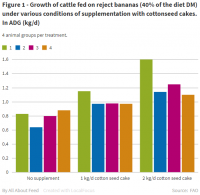
Dehydrated, green, milled banana (banana pulp flour) has been successfully used as a source of starch in the preparation of calf feeds and specifically in the manufacture of milk replacers. In a study in Ecuador, it was found that banana flour could successfully replace up to 50% of the cereal in the feeds of young growing cattle. A study was also conducted to examine the possibility of substituting the cereal component in the diet of lactating goats with either green or ensiled bananas. It was found that complete replacement of the cereals with bananas resulted in increased dry matter intake and significantly higher milk yield and feed efficiency (Figure 2). Another study was conducted in India to investigate the nutritive value of banana stalks for sheep. In this study, dried banana stalk replaced 0, 20, 40 and 50% para grass hay. The feeding trial lasted for 60 days and showed no detrimental effects on feed intake or the health of the animals in all treatments. The weight gains increased up to 40% level of inclusion after which it started to decline.
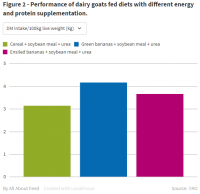
 Date pits
Date pits
These products are found mostly in the Arab Gulf area, and also in Egypt, particularly in the North-West coast and in the Sinai Peninsula. They have lately been used as concentrate a feed for ruminant animals, and as a feed supplement for grazing livestock. Date pits have high levels of metabolisable energy equating that of other feeds such as corn, barley, wheat bran, etc., and hence improving weight gain of animals. They also contain growth hormone-like substances which help improve protein utilisation for various production purposes through the facilitation of amino acid absorption and entry to various body cells. Date pits may not be used for feeding in their original form, but should first be soaked in water for at least 3 days to improve their tenderness. They are then dried, ground, and incorporated into rations for sheep, goats, steers, and dairy cows. Examples of these rations are shown in Table 6. The inclusion of the pits at such recommended rates has no adverse effects on growth or on other production parameters. Further, the use of these products in feeding has economic advantages, exemplified by the reduced cost of the ration and the increased revenues of the feeding regimens.
 Mulberry leaves
Mulberry leaves
These products could provide suitable feed for ruminant animals, provided that they are devoid of any fungal infection, and not treated with pesticides such as copper sulfate or the like. The heaves contain about 16% protein, 4% fat, 50% soluble carbohydrates, and about 7% fibres (on dry matter bases). They could partly be used to replace other feed sources such as oats, with a maximum level of replacement not exceeding 0.5kg per head per day for cows, and 3.0kg for sheep and goats. At higher rates of inclusion, the use of flavouring agents will be necessary to overcome the palatability problems. Also, phosphorus supplements are needed in diets with higher levels of mulberry leaves to compensate for the low phosphorus content of the product, particularly when containing a large proportion of steams.
Dr Salah Hamed Esmail
Independent freelance journalist
Source: www.dairyglobal.net



